“There’s something much more powerful about a love story that has loss in it”: James Cameron and Jon Landau on 25 years of Titanic
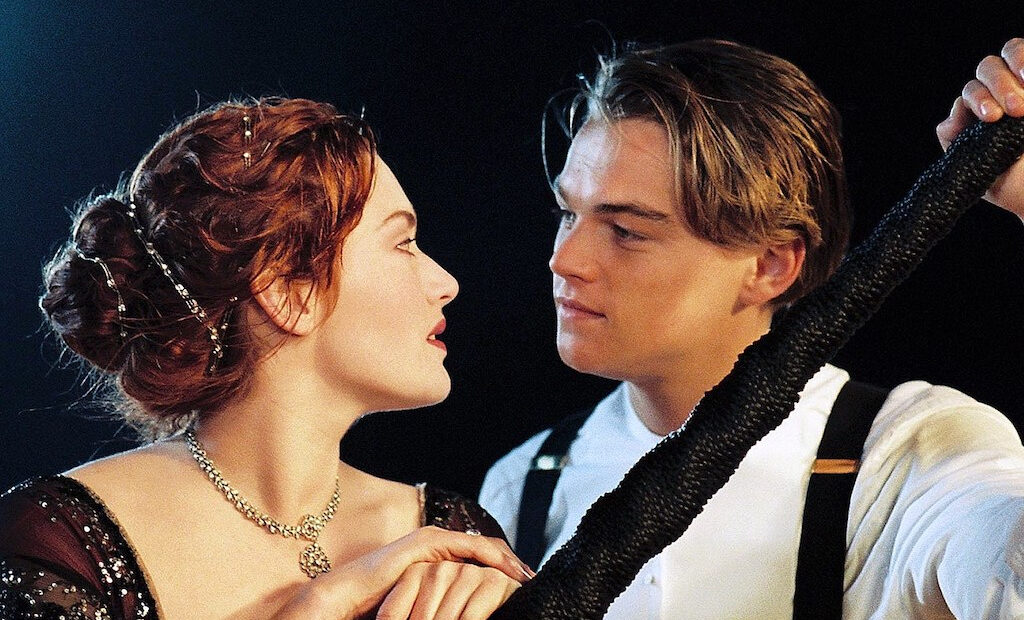
Christmas box office success Avatar 2: The Way of Water hasn’t even left cinemas, but James Cameron is already waiting in the wings, ready to claim another holiday: this Valentine’s Day (or a few days before) will see a cinematic re-release of the 1997 classic Titanic. After its 3D incarnation in 2012, this year brings a remastered 4K HDR version to celebrate the film’s 25th anniversary.
At the global press conference for the special event, the writer and director is joined by his producer Jon Landau as they reveal the significance 14th February holds for this epic romance (apart from the obvious): the single highest-grossing day during Titanic’s original release was in its eighth week running, on Valentine’s Day.
Asked about the origins of its creation, Cameron recalls being obsessed with the tragic history of the RMS Titanic and underwater archaeologist Robert Ballard’s exploration thereof. Upon watching A Night to Remember, Cameron realised the ship would make an amazing backdrop for a star-crossed love story. Equipped with paintings by Ken Marschall as visual references, the pitch he and Landau presented to 20th Century Fox was “Romeo and Juliet on [a sinking boat].”
Speculating about why the story of this particular maritime disaster still resonates over 100 years later, Cameron points to the variety of tragedies involved. There is love and sacrifice in the men stepping back from the lifeboats to make room for the women and children. It is equally a cautionary tale about human hubris, as the Titanic was considered to be “unsinkable” and yet it sank. “It’s a reminder of when we put too much faith in technology and in our own intelligence – what can happen.”
Later, when the topic is broached again, the director also draws comparisons to our current crisis, which makes the story more relevant than ever: “We’ve been warned about [climate change] for years, we see it coming straight at us, we cannot turn the ship. It’s exactly like the freaking iceberg. We’re gonna slam head-on into it, and guess who’s gonna suffer the worst? The poor. Not the rich nations that caused it. It was the rich people on Titanic, their impatience to get to New York, and the captain and the owner of the steamship line understanding that and responding to their rich client base that caused in the wreck in the first place.”
Planting the fictional tale of Rose and Jack on top of the real incident, which was already enveloped in loss and sadness, added a further layer of enduring heartbreak. “I think that the two stories, in a sense, elevated each other,” Cameron says.
He is confident that the film also works in educating viewers about the events that transpired on 15th April 1912, and aids remembrance because their team was meticulous about getting the historical details right. Landau commends the research undertaken by Cameron and Don Lynch, who was chief historian at the Titanic Historical Society at the time and worked as an advisor. Cameron shares how they went to the actual wreck site, and set a very high bar for themselves “for the historical component of it”.
The set they built was 100 feet shorter than the real ship, but it was still created on the same scale and he made sure to cast short extras – “cause all it [takes] is one six-foot-four guy to make your whole ship look small”.
As to why the film itself still pulls in viewers, Cameron mentions the appeal of young Leonardo DiCaprio to adolescent women. Those in their mid-teens or older have already experienced being told not to be who they are, laced into a metaphorical corset, so they will be able to relate to Rose and rejoice in her fulfilment as a person – for which Jack is the catalyst. The director sees it as a story of female empowerment. Then, of course, the love story in itself is a vital factor: “You can have a romcom and they can kiss at the end and go off into the sunset, but there’s something much more powerful, I think, about a love story that has loss in it. That has separation in it. And, of course, there’s no separation more permanent than death.”
The director reveals that he remembers making the movie better than the movie itself. Asked about a particular memory that stayed with him, he shares details about the last day of shooting, when they fired off the squibs: “It was a 15-foot head of pressure. There was me and the Polish stunt guy, who was playing the captain, who had spare air rigged up his back and down his arms, so he had a regulator in his hand. And the water in the glass and everything just poured in: hundreds of tons of water came smashing in. It was like a punch in the face. I got the shot, and then everything went black ’cause you couldn’t see anything. And I didn’t know if he was alive. He didn’t know if I was alive. And that was the last setup of the entire shoot. And I remember thinking about all of the trials and tribulations we had in front of us in post-production, getting this movie done. And I said, ‘Lord, just take me now.’ Then they pulled open the hatch, and they pulled us out. We were okay.”
When the question of casting comes up, Cameron takes the opportunity to rectify something that has been misquoted in recent years about having to convince DiCaprio to consider this role. No, the actor didn’t find Titanic boring, he was worried about his part not being challenging enough. When Cameron explained to him the importance of Jack’s maturity and the transfer of energy from him to Rose, he became interested.
With Kate Winslet, it was almost the other way around. She had already done so many period dramas, people referred to her as “corset Kate”, and Cameron was aware of the effect this could have on a character, who is being put in a corset in a pivotal scene of the film. But, despite his hesitations, he met with her, let her audition and “she was spectacular”. What followed were screen tests, already fully in costume and with her upper-crust American accent, and rehearsals with the potential Jacks. The chemistry between Winslet and DiCaprio was obvious, and she was enthusiastic about working with him, which the director says she reiterated afterwards, saying, “He’s the guy. He’s the guy.”
Is there anything Cameron would do differently if he were making Titanic today? He would use less sets, less crowds and more CGI (“We know how to do it now!” ), convinced that the outcome wouldn’t be different, just the technique. “We didn’t have to build Pandora to satisfy us,” he adds in reference to Avatar.
As to why it is important to see these epic films in cinemas, when Titanic could be easily (re)watched at home, the filmmaker acknowledges the technical advancements in television sets and sound systems. But the experience of going out to a movie theatre is something altogether different: it is a deliberate decision about how to spend your time, not something you have on while multitasking, that can be paused to go to the fridge. It is a commitment to the full ride, the emotions you let build up.
“You get to the end of that experience, that three-hour sitting… it’s shattering in a way that it’s not going to be at home, and people know that. I’m not telling people anything they don’t already know.”
It’s a sacred moment, he concludes, sharing this experience with others.
Selina Sondermann
Titanic: 25th Anniversary is released nationwide on 10th February 2023.
Watch the trailer for Titanic: 25th Anniversary here:



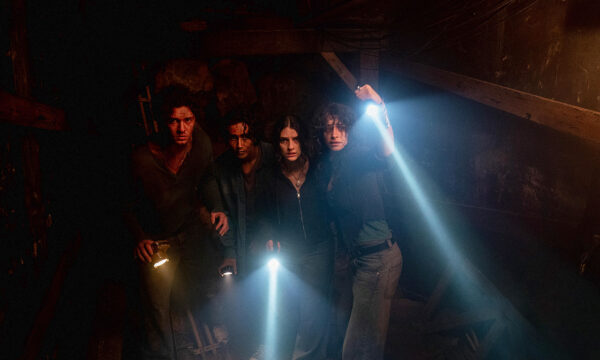

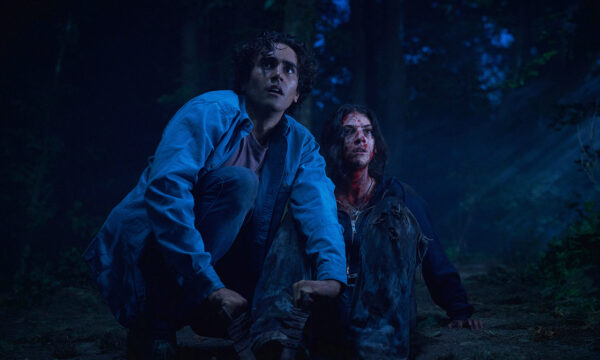
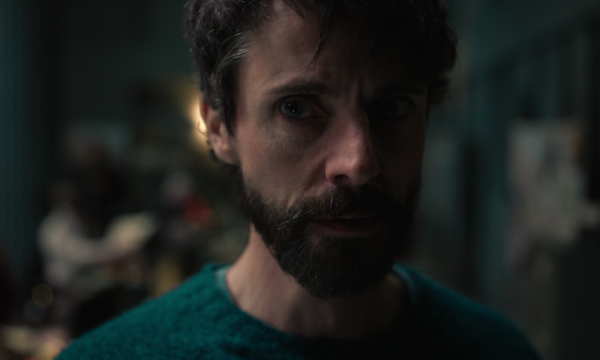



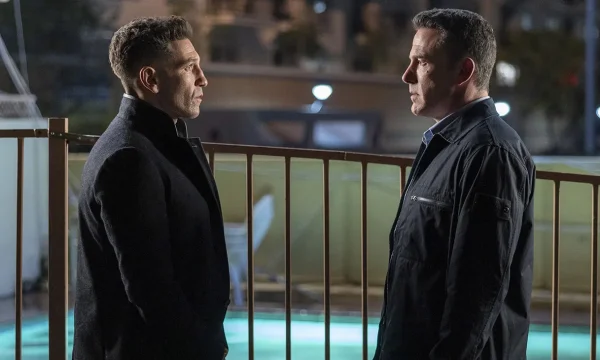














Facebook
Twitter
Instagram
YouTube
RSS